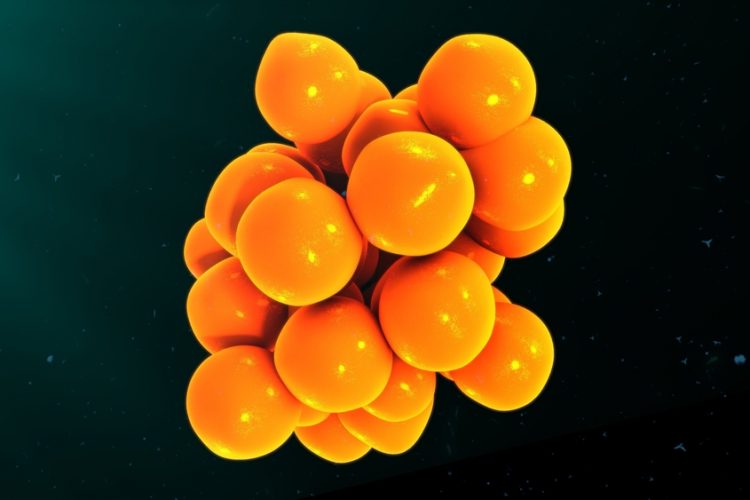Cytokine storms: a major killer in patients with severe COVID-19 infection
Posted: 27 April 2020 | Professor Saad Shakir (Drug Safety Research Unit) | 2 comments
Professor Saad Shakir explains why cytokine storms occur in COVID-19 patients and suggests potential therapies for the symptoms of the coronavirus.


What are cytokines?
Cytokines are a group of proteins that are secreted by cells in the immune system that act as chemical messengers to regulate other immune cells. Cytokines are released from one immune cell to affect the actions of another cell in the immune system by binding to receptors on its surface. This group of proteins includes interferons, interleukins, lymphokines and tumour necrosis factors. Cells which release cytokines include macrophages, lymphocytes (both B and T lymphocytes) and other immune cells.
Cytokines exert their effects in tissues locally or circulate in the blood and lymph. The difference between cytokines and hormones is that the former are produced in much smaller quantities and at much lower concentrations. Additionally, hormones are produced by special kinds of cells in the endocrine glands.
The function of cytokines is to enable immune cells to communicate; they can activate or inhibit immune cells, control their development or direct immune cell movement.
In systemic viral infections, cytokines can induce an inflammatory response which is beneficial until their production becomes uncontrolled.
Cytokine storms
Cytokine storms occur in viral infections when a large amount of cytokines are produced. This can worsen a patient’s condition and cause multi-organ failure, which is frequently fatal. Simply put, a cytokine storm or surge is an uncontrollable flood of cytokines which tends to worsen respiratory function and produce multi-organ failure. Cardinal features of a cytokine storm include unremitting fever, cytopenia, massive increases in ferritin, high erythrocyte sedimentation rate (ESR) and Adult Respiratory Distress Syndrome (ARDS).
During infection from SARS-CoV-2, which causes COVID-19, this cytokine storm is associated with increased levels of interleukins IL2-2, IL-7 and other cytokines. An indication of mortality from a cytokine storm is the level of ferritin where the mean in severely affected patients is 1297ng/mL. Thrombocytopenia is also a marker of a fatal outcome.
Cytokine storms can be severe in young patients who have more efficient immune systems and responses than older patients. Usually it occurs a few days after the onset of the illness and was a major killer during the Asian Influenza in 1959.
Treatment for COVID-19


Other suggested therapies are tacrolimus and mycophenolate, both of which are immunosuppressants inhibiting IL-2 and other cytokines, which are used in patients with solid organ transplants. However, there are no double blind randomised clinical trials that assessed their benefit in this indication.
To find the aforementioned article from the Lancet about the cytokine storm with COVID-19 infection, click here: https://www.thelancet.com/pdfs/journals…
About the author
Professor Saad Shakir worked in hospital medicine for 11 years before moving to general practice. He has been working in pharmacovigilance and pharmacoepidemiology for more than a decade, initially at the Medicines Control Agency (MCA) in the UK then in the international pharmaceutical industry. Saad was appointed as the Director of the Drug Safety Research Unit (DSRU) in Southampton in 1999, an academic unit associated with the University of Portsmouth.



if cytokine storm is causing so much hazard , Thymulin can be used to control it
What about Plasma Pheresis?